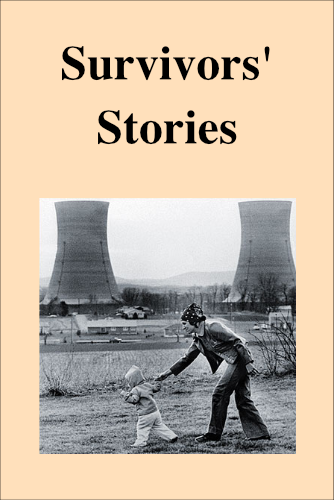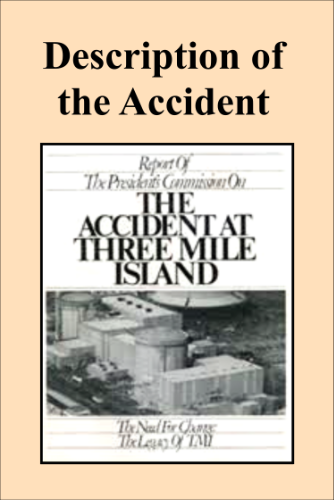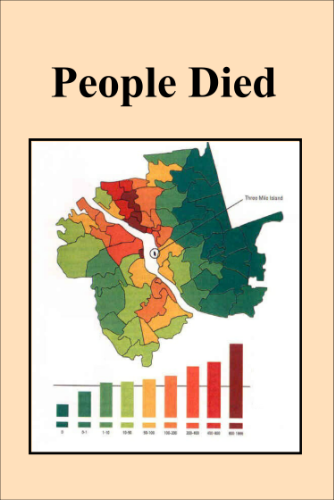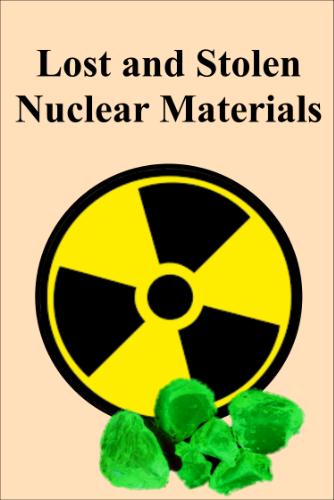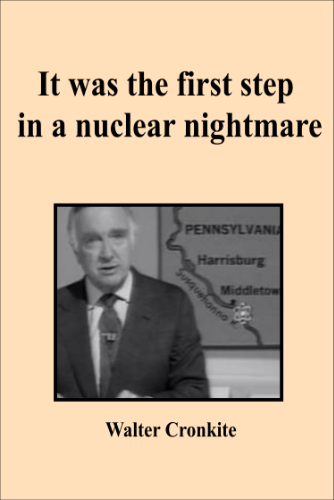COMMONWEALTH OF PENNSYLVANIA
Dept. of Environmental Protection
Commonwealth News Bureau
Room 308, Main Capitol Building
Harrisburg PA., 17120
FOR IMMEDIATE RELEASE
06/20/2013
CONTACT:
Amanda Witman, Department of Environmental Protection
717-787-1323
DEP Releases Draft Public Participation Policy for Public Comment
HARRISBURG -- The Department of Environmental Protection has submitted a draft of its public participation policy for the Permit Review Process for publication in the June 22 Pennsylvania Bulletin. The policy is open for public comment until July 22.
The draft policy proposes guidelines for public participation during DEP’s permit review process. The policy includes procedures for public hearings and receiving and responding to public comments.
“This new policy will emphasize the importance and benefits of engaging the public, regulated community and other stakeholders in a meaningful and upfront manner,” Acting DEP Secretary Chris Abruzzo said.
The policy will apply to all permits and authorizations that are published in the Pennsylvania Bulletin, the commonwealth’s official informational gazette published by the Pennsylvania Legislative Reference Bureau.
For more information about the public participation policy, or to review the draft policy, visit www.dep.state.pa.us, keyword: Proposals.
Read Article







